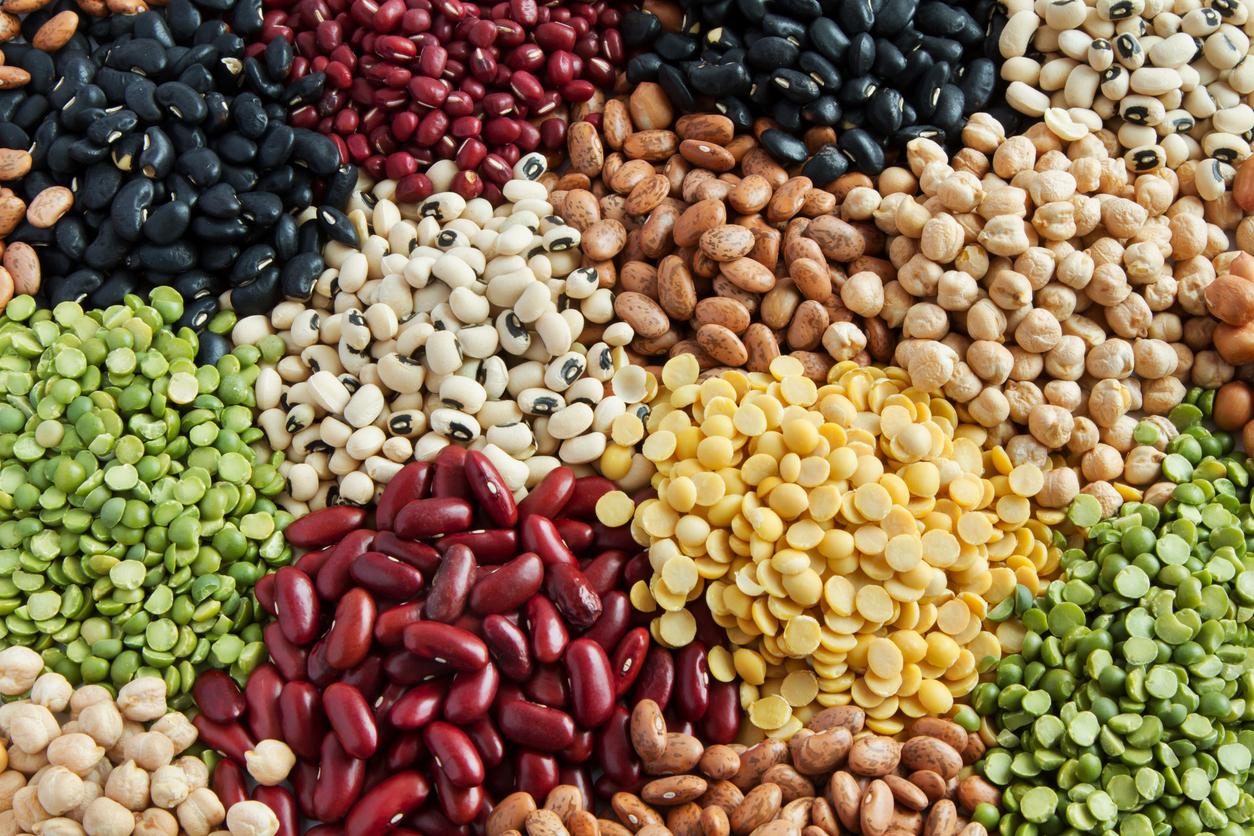We often wonder if peas are best placed on the side of vegetables or with legumes and starches. Answer: both my captain! We explain why … And, as a bonus, we will even come back to all the benefits of peas.
IDENTITY RECORD
Name : Pea
Family: Fabaceae
Scientific name : Pisum sativum
Varieties: Prince Albert, Douce Provence, Maestro, Nain d’Annonay, Blauwschokker, Express Alaska, Caracatus, Improved Serpette, King of preserves, Plein le Panier, Proval
Caloric value: 60 kcal / 100 g
High season: May – June (calendar)
Producers: China, India, United States, France, Germany, United Kingdom
France: Hauts-de-France, Center, Pays de la Loire, Champagne-Ardenne, Normandy
Storage: 2 days in the refrigerator, 3 years in a can
Hey yes, the pea is both a vegetable, a legume (assimilated to a starchy). Indeed, if it is harvested at maturity, the “dry pea” is considered as a starch because it is poor in water and rich in starch and proteins. But, the fresh pea that is harvested before its maturity remains a vegetable.
No mistake, however, the pea (even fresh) is much more caloric than other vegetables. The harvest season for peas is between May and August.
The 2 large varieties of peas
We distinguish in France two varieties of peas not to be confused :
- The peas themselves, also called green peas or shelling peas (their pods have a parchment),
- snow peas or snow peas (their pods do not have parchment, they are eaten whole).
The peas and snow peas can be found cool during their season. But the majority of pea crops are intended for freezing or canning and a minority for drying.
Peas are rich in pectin and other dietary fibers; which makes them useful in regulating cholesterol levels in the blood. They also contribute to intestinal transit and increase the frequency of bowel movements. Their fibers are real prebiotics that nourish good intestinal bacteria and improve the microbiota.
Peas have an effect satietogenic : They quickly provide a feeling of satiety and help curb cravings. They are therefore a perfect vegetable for those who wish to lose weight.
Rich in proteins and carbohydrates, peas are a part of their composition. wide variety of vitamins (vitamin K, vitamin E, vitamin A, group B vitamins, vitamin C), mineral salts (calcium, magnesium, phosphorus, potassium) and trace elements (iron, selenium, zinc, manganese, fluorine, copper) . They also have properties antioxidants.
From a culinary point of view, they are often associated with carrots for remineralize the body and provide it with energy or, with other vegetables and bacon, in the peasant pan.
The benefits of peas under the microscope
- Effective against anemia thanks to their iron content, 100 g of cooked peas can cover about 10% of the recommended daily nutritional intake of iron for a woman and 19% for a man.
- Source of vitamin C antioxidant especially when they are raw, peas stimulate the immune system and facilitate the assimilation of vegetable iron.
- They include in their composition folates including vitamin B9 (which ensures the synthesis of red blood cells and nerve cells) necessary for the development of the fetus.
- Rich in beta carotene (provitamin A), peas contribute to the health of the eyes and the beauty of the skin.
- They are an excellent anti-inflammatory. Indeed, the vitamin K they contain is involved in blood coagulation, bone metabolism and cell growth.
- Their antioxidant properties also make them effective against certain cancers and cardiovascular diseases.
Some practical advice
We choose our peas in a smooth pod, green and shiny. Avoid those that are soft, yellowish or full of stains. Inside, the peas should be shiny and small in size. To make no mistake, you can taste a raw pea: it must be tender, crunchy, slightly sweet and not floury.
Peas can be found canned or frozen. They can be stored for 24 hours in the crisper of the refrigerator. Very quickly after harvest, the carbohydrates in peas are transformed into starch, which makes them lose their flavor and digestibility. To enjoy the benefits of peas, we must therefore ensure that no fermentation has started.
For to cook the peas must first be shelled. Open the pod and slide the small round seeds with your thumb. They can be steamed quickly for about 10 to 15 minutes so that they retain their beautiful green color or in boiling salted water.
Read also:
The benefits of green beans for bone health
The benefits of peas for transit
Flageolet, king of digestion
The benefits of lentils are legion
Soybeans: benefits and controversies
The benefits of the bean for immunity
Old-fashioned peas recipe
Ingredients for 4 persons
- 1 kg of fresh peas with shell
- 250 g of smoked bacon
- 1 onion
- 1 heart of lettuce
- 30 g butter
- 1 piece of sugar
- Salt
- Pepper
Preperation
- First shell the peas.
- In a saucepan, simmer the bacon in butter.
- When they start to color, add the onion, lettuce core and peas.
- Then cover with water, then add the lump of sugar, salt and pepper.
- Simmer over low heat for 30 minutes until the peas are tender.
Do you know of any other recipes that can highlight the flavor and health benefits of peas? Give us your suggestions in comments.














